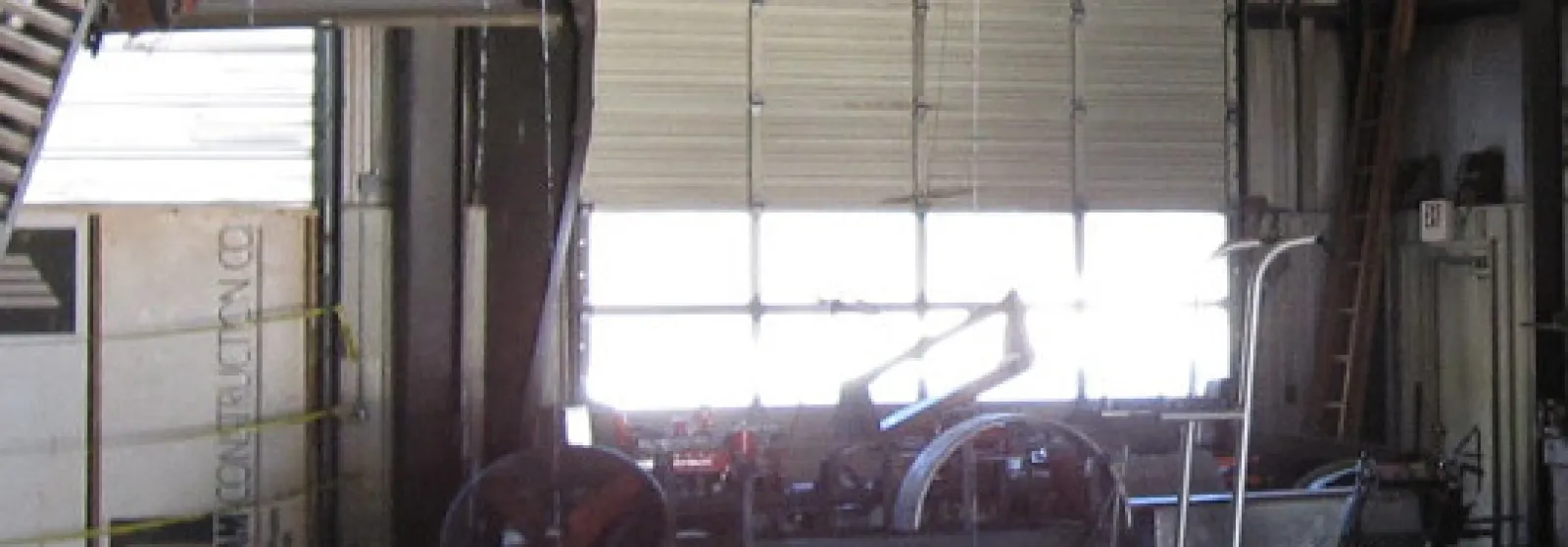In our role providing disaster repair services in Atlanta, Georgia, we are frequently asked to explain the difference between mildew and mold. People often get confused with the two and believe that they are related to one another. This isn’t difficult to believe since they are both types of fungi. They both like warm, moist areas, and both can cause serious health problems if left untreated.
Here are the major similarities and the major differences between the two.
Mold vs. Mildew
- Color. Mold is usually green, black, blue or even red. Mildew is usually white or gray, although it may later turn black, brown or yellow.
- Where They Grow. Mildew is usually found on damp surfaces like clothing or other fabrics, or on basement or bathroom walls. Mold often grows on food, in walls and in other permanent structures.
- Appearance. Mildew has a flat appearance, and may be downy or even powdery. Mold is thicker and looks fuzzy or sometimes even slimy.
- Dangers. If left untreated, people exposed to either mildew or mold can experience respiratory problems. Some molds include toxins that can trigger allergic reactions in some people, triggering symptoms that include headaches and coughing. Some people can also develop irritation of the nose and throat from mold exposure.
- Treatment. Whereas mildew can often be removed fairly easily with store-bought materials and some elbow grease, removing mold is a much trickier proposition. In many cases, it is necessary to hire professionals to clean the area and repair any damage caused by the mold growth. Treating mold appropriately is important to help keep your home safe from permanent damage.
Mildew and mold should both be taken seriously to avoid long-term health risks. If you are concerned about mold or mildew in your home, or to learn more, contact our office today.




